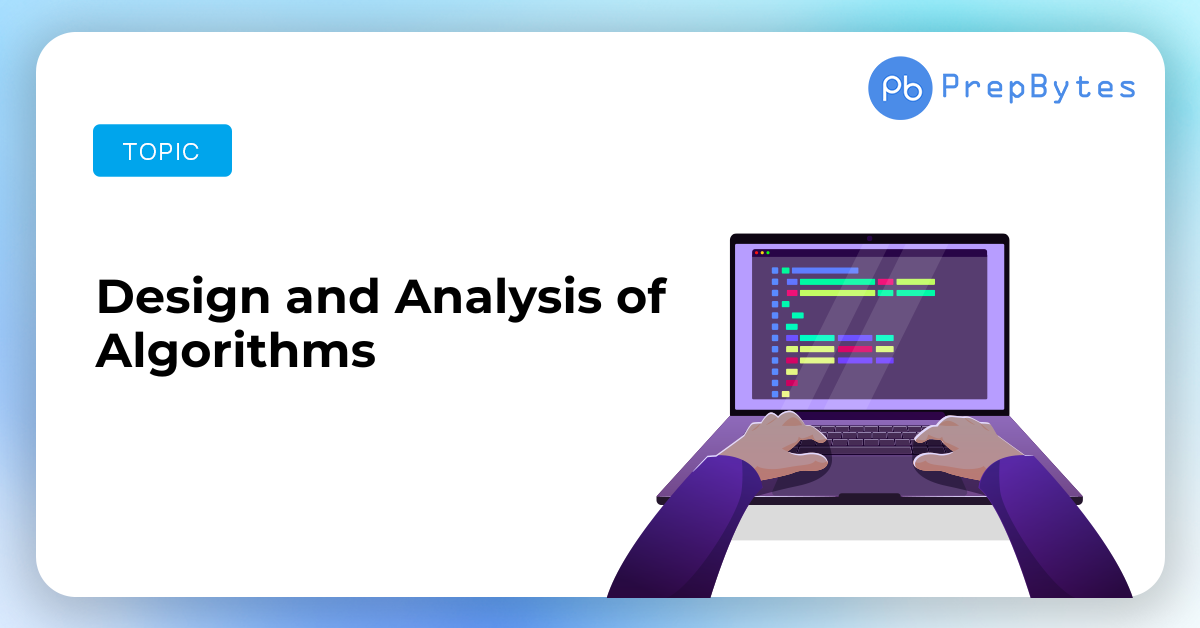Last Updated on April 23, 2024 by Abhishek Sharma

Algorithms are the fundamental building blocks of computer science, enabling us to solve complex problems efficiently. The design and analysis of algorithms is a crucial area of study that focuses on creating efficient algorithms and understanding their behavior. In this article, we will explore the key concepts of algorithm design and analysis, including algorithmic strategies, complexity analysis, and the role of data structures in algorithm efficiency.
What is Algorithm Design?
Algorithm design is the process of creating step-by-step instructions for solving a problem. It involves selecting appropriate data structures and algorithmic techniques to optimize the solution.
Strategies used in Algorithm Design
There are several common strategies used in algorithm design, including:
- Divide and Conquer: This strategy involves breaking down a problem into smaller, more manageable subproblems, solving each subproblem recursively, and then combining the solutions to the subproblems to solve the original problem.
- Dynamic Programming: Dynamic programming is a technique used to solve problems by breaking them down into simpler subproblems and storing the results of subproblems to avoid redundant computations.
- Greedy Algorithms: Greedy algorithms make decisions based on the current best choice without considering the future consequences. While greedy algorithms are easy to implement, they may not always produce optimal solutions.
- Backtracking: Backtracking is a technique used to solve problems by exploring all possible solutions recursively and backtracking from those paths that do not lead to a valid solution.
- Randomized Algorithms: Randomized algorithms use randomness to make decisions during the computation, which can lead to more efficient solutions in some cases.
What are Algorithm Analysis?
Algorithm analysis is the process of evaluating the performance of an algorithm in terms of time complexity and space complexity. Time complexity refers to the amount of time an algorithm takes to run as a function of the input size, while space complexity refers to the amount of memory space an algorithm requires to run.
The Big O notation is commonly used to express the time complexity of an algorithm. It provides an upper bound on the growth rate of the algorithm’s running time as the input size increases. For example, an algorithm with a time complexity of O(n) has a linear growth rate, meaning its running time increases linearly with the input size.
What is Data Structures?
Data structures play a crucial role in algorithm efficiency. They are used to store and organize data in a way that allows algorithms to access and manipulate it quickly and efficiently. Common data structures include arrays, linked lists, stacks, queues, trees, and graphs.
The choice of data structure can significantly impact the performance of an algorithm. For example, using a hash table to store key-value pairs can lead to faster lookups compared to using a linear list.
Algorithm Complexity Classes
Algorithm complexity classes classify algorithms based on their worst-case behavior. Some common complexity classes include:
- P: The class of problems that can be solved in polynomial time, meaning the running time of the algorithm is bounded by a polynomial function of the input size.
- NP: The class of problems for which a solution can be verified in polynomial time, but no efficient algorithm is known to exist for finding a solution.
- NP-hard: The class of problems that are at least as hard as the hardest problems in NP. Solving an NP-hard problem in polynomial time would imply P = NP.
- NP-complete: The class of problems that are both in NP and NP-hard. NP-complete problems are among the hardest problems in NP.
Conclusion
In conclusion, the design and analysis of algorithms is a fundamental aspect of computer science that enables us to solve complex problems efficiently. By understanding algorithmic strategies, complexity analysis, and the role of data structures, we can create algorithms that are both correct and efficient. Algorithm design and analysis continue to be active areas of research, driving advancements in computing and technology.
By employing the right algorithms and data structures, developers can optimize the performance of their software applications and solve complex problems with ease. As technology continues to evolve, the importance of algorithm design and analysis will only continue to grow, making it a critical skill for any aspiring computer scientist or software developer.
FAQs related to the Design and Analysis of Algorithms
Here are some of the FAQs related to Design and Analysis of Algorithms:
1. What are some common algorithm design strategies?
Common algorithm design strategies include divide and conquer, dynamic programming, greedy algorithms, backtracking, and randomized algorithms.
2. How do data structures impact algorithm efficiency?
Data structures impact algorithm efficiency by providing a way to store and organize data in a way that allows algorithms to access and manipulate it quickly and efficiently. The choice of data structure can significantly impact the performance of an algorithm.
3. What are complexity classes in algorithm analysis?
Complexity classes are categories that classify algorithms based on their worst-case behavior. Common complexity classes include P, NP, NP-hard, and NP-complete.
4. What is the Big O notation?
The Big O notation is used to express the upper bound on the growth rate of an algorithm’s running time or space requirements. It provides a way to describe the efficiency of an algorithm in terms of its input size.
5. Why is algorithm design and analysis important in computer science?
Algorithm design and analysis are important in computer science because they form the foundation of efficient problem-solving. By understanding how to design and analyze algorithms, computer scientists can create better software, solve complex problems, and advance the field of computing.


